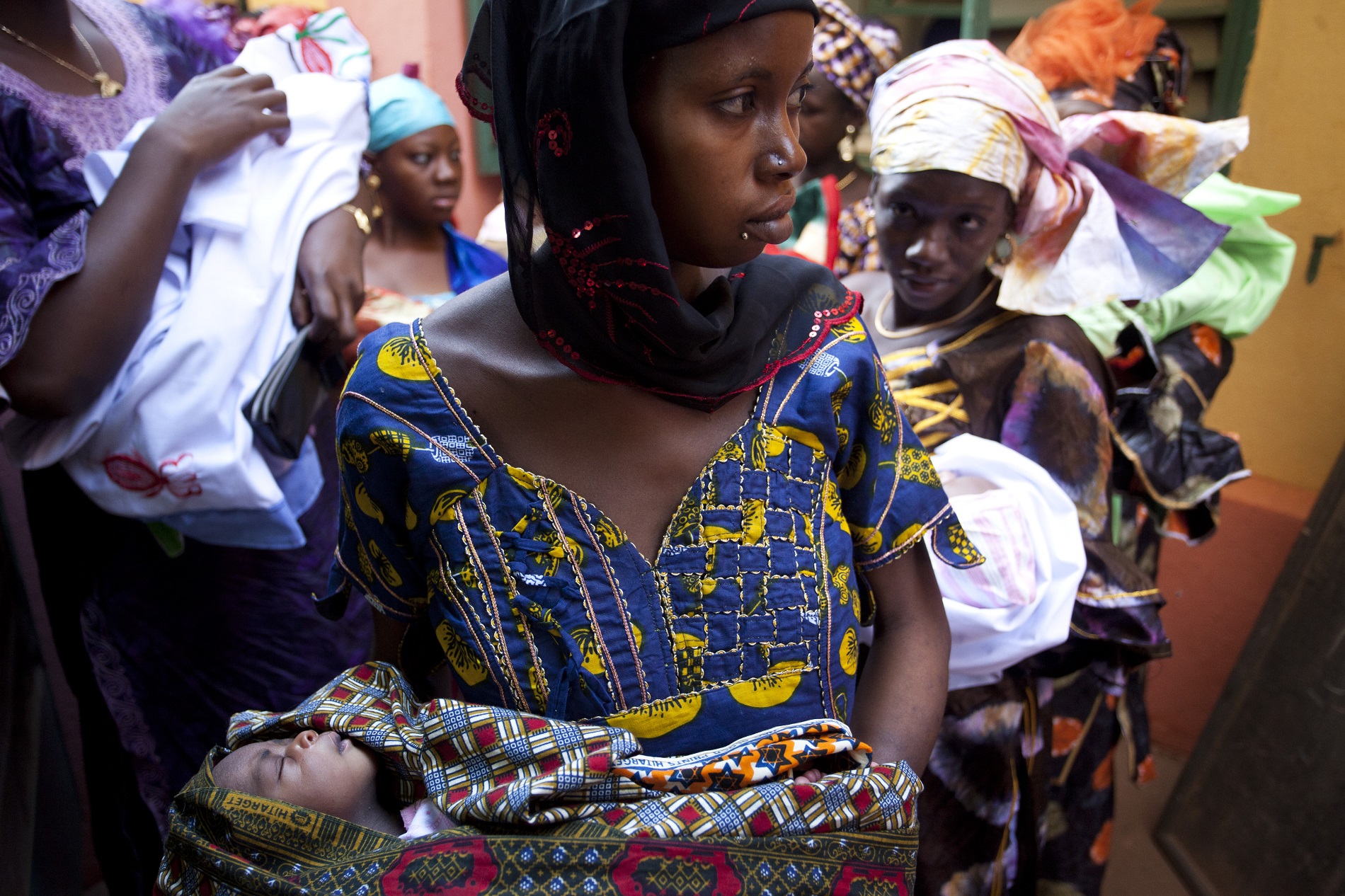Visceral Leishmaniasis in pregnancy: A systematic review of the literature
Visceral Leishmaniasis in pregnancy: A systematic review of the literature
A systematic review of literature aimed at identifying cases of VL in pregnancy, antileishmanial therapies used during pregnancy and the reports of vertical transmission of the disease.

The systematic review for the identification of studies and data extraction is now complete. Analysis is ongoing with expected completion of the research activity by Dec-2020. Publication is expected in summer 2021 and dissemination of results will follow.
Read the manuscript: Visceral Leishmaniasis in pregnancy and vertical transmission: A systematic literature review on the therapeutic orphans
Reports on the occurrence and outcome of Visceral Leishmaniasis (VL) in pregnant women is rare in clinical literature [1,2]. The occurrence of pregnancy in VL is not systematically captured and rarely followed up to detect consequences of infection and treatment on the mother and foetus. Case management must take into account the consequences of the disease and the therapeutic intervention on the mother-foetus pair [3]. Of note, except amphotericin B, all other available drugs are either contraindicated or subjected to restricted use in pregnant and lactating women or in women of child-bearing age [4–6].
The limited evidence on safety and efficacy of antileishmanial agents on the mother-foetus pair has meant that sometimes treatment of pregnant women is delayed until after delivery [7,8] while others have initiated treatment only when the adjudicated risk of VL to the mother outweighed those of the drug to the mother-foetus pair [9,10].
There is no active pregnancy registry of exposures to treatments for VL during pregnancy from which to derive information on consequences on gestation, mother and foetus and the new-borns. Therefore, to understand the risks and benefits of treatment to the mother-child one must turn on the published literature. This review was conducted to address this research gap.
The aim of the research was to identify cases of VL in pregnancy reported in clinical literature. The specific objectives were:
- To assess the risk-benefit balance of antileishmanial therapies to the mother-child pair mother, and
- To identify the cases of confirmed or probable maternal-foetal (congenital) or vertical (mother-to-child) transmission.
As reports of VL in pregnancy remains sparse, any prospective clinical study describing VL among pregnant women or any non-primary research articles such as opinion pieces, clinical guidelines, textbooks, chapters, correspondences, reports of accidental inclusion in trials, or case reports of unplanned pregnancies during the study follow-up were considered for comprehensiveness. There were no restrictions in design, follow-up, sample size, region, and treatment regimen for eligibility for inclusion in this review.
From each of the articles deemed eligible for the review, the following bibliographic information were extracted: study title, name of the first author, year of publication, name of the study site, country, and the type of the article (case report, clinical trial, book chapter). The following maternal and child characteristics were extracted: age of the mother, period of gestation (or trimester), treatment administered including drug dosage, follow-up duration, the outcome of the treatment for mother (cured, relapsed, death), and foetal outcomes (healthy born, abortion, premature birth, vertical transmission of the disease).
Descriptive results on the characteristics of the studies included were presented. Details of maternal characteristics (trimester, gestational age) were presented when reported and the details of treatment regimen administrated including dosage and duration of treatment were summarised.
For further information on this research activity, please contact Prabin Dahal (prabin.dahal@iddo.org) or Sauman Singh (sauman.singh@iddo.org).
1. Figueiró-Filho EA, Duarte G, El-Beitune P, Quintana SM, Maia TL. Visceral leishmaniasis (kala-azar) and pregnancy. Infect. Dis. Obstet. Gynecol. 2004;12:31–40.
2. Pagliano P, Carannante N, Rossi M, Gramiccia M, Gradoni L, Faella FS, et al. Visceral leishmaniasis in pregnancy: A case series and a systematic review of the literature. J. Antimicrob. Chemother. 2005;55:229–33.
3. World Health Organization. Control of the leishmaniases. World Heal. Organ. Tech. Rep. Ser. 949. 2010;22–6.
4. Alvar J, Croft S, Olliaro P. Chemotherapy in the Treatment and Control of Leishmaniasis. Adv. Parasitol. 2006;61:223–74.
5. Sundar S, Olliaro PL. Miltefosine in the treatment of leishmaniasis: Clinical evidence for informed clinical risk management. Ther. Clin. Risk Manag. 2007;3:733–40.
6. Boelaert M, Sundar S. Leishmaniasis. In: Farrar J, Hotez PJ, Junghanss T, Kang G, Lalloo D, White NJ, editors. Manson’s Trop. Dis. 23rd ed. Elsevier Health Sciences; 2013. p. 631–51.
7. Kumar A, Mittal M, Prasad S. Treatment of leishmaniasis in pregnancy. Int. J. Gynecol. Obstet. 2001;72:189–90.
8. Miah M, Ayaz F, Maniruzzaman M, Ahasan M, Bari S, Mawla S, et al. Kala azar in pregnancy. Mymensingh Med. J. 2010;Oct; 19:529–32.
9. Seaman J, Pryce D, Sondorp HE, Moody A, Bryceson ADM, Davidson RN. Epidemic Visceral Leishmaniasis in Sudan: A Randomized Trial of Aminosidine plus Sodium Stibogluconate versus Sodium Stibogluconate Alone. J. Infect. Dis. 1993;168:715–20.
10. Mueller M, Balasegaram M, Koummuki Y, Ritmeijer K, Santana MR, Davidson R. A comparison of liposomal amphotericin B with sodium stibogluconate for the treatment of visceral leishmaniasis in pregnancy in Sudan. J. Antimicrob. Chemother. 2006;58:811–5.




